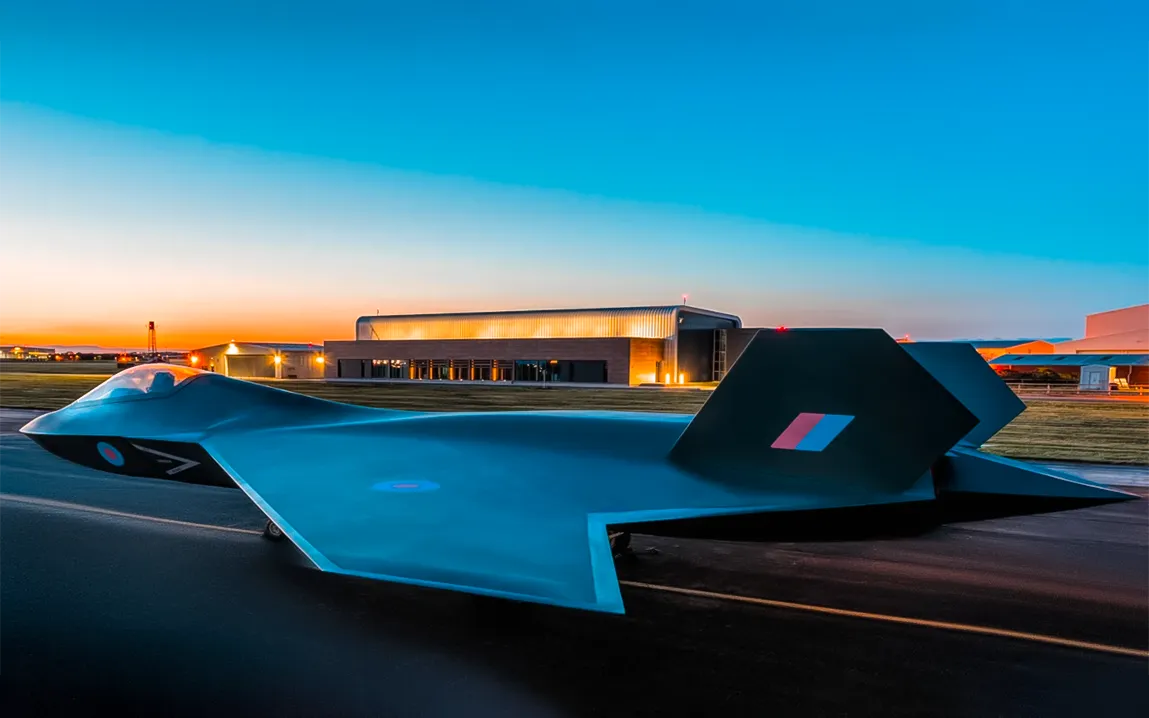Discover how the ‘Tornado 2 Tempest’ initiative is transforming decommissioned RAF Tornado aircraft into 3D-printed parts for the upcoming Tempest fighter jets, highlighting a new era of sustainable practices in defense manufacturing.
In a groundbreaking initiative, the “Tornado 2 Tempest” project has successfully repurposed components from decommissioned Royal Air Force (RAF) Tornado aircraft to manufacture parts for the forthcoming Tempest fighter jets. This endeavor not only exemplifies sustainable practices within the defense sector but also underscores the potential of advanced manufacturing techniques in modern aerospace engineering.
Project Overview
The project involves dismantling retired Tornado aircraft to extract valuable metals such as titanium. These materials are then processed into powdered form, which serves as the feedstock for additive manufacturing, commonly known as 3D printing. Notably, jet engine compressor blades from the Tornado were transformed into new components, including a 3D-printed nose cone and compressor blades for the Orpheus engine—a small engine concept integral to the Future Combat Air System (FCAS) program.
Collaborative Effort
This initiative is a collaborative effort among several key players:
- Defence Equipment and Support’s (DE&S) Defence Recycling & Disposals Team (DRDT): Led the project, focusing on the efficient disposal and repurposing of military assets.
- Ministry of Defence (MOD) FCAS Team: Provided strategic oversight to align the project with future combat air system requirements.
- Rolls-Royce: Played a pivotal role in testing and validating the recycled components within their engine systems.
- Additive Manufacturing Solutions Limited (AMS): A Lancashire-based SME specializing in 3D printing technologies, responsible for the additive manufacturing processes.
Sustainability and Economic Benefits
The “Tornado 2 Tempest” project offers several advantages:
- Cost Savings: By recycling existing materials, the project reduces the need for procuring new raw materials, leading to significant cost reductions.
- Supply Chain Independence: Utilizing domestically sourced recycled materials diminishes reliance on international supply chains for critical metals.
- Environmental Impact: The initiative promotes the circular economy by minimizing waste and reducing the environmental footprint associated with manufacturing new components.
Future Implications
The success of this project demonstrates the feasibility of integrating recycled materials into high-performance aerospace applications. It sets a precedent for future defense projects to incorporate sustainable practices without compromising on quality or performance. The MOD has recognized the project’s significance by awarding Rolls-Royce a Chief of Defence Logistics and Support (CDLS) Commendation, highlighting its contribution to advancing sustainability within defense logistics.
Conclusion
The “Tornado 2 Tempest” project stands as a testament to innovative thinking in defense manufacturing, showcasing how legacy military assets can be transformed to meet the demands of next-generation technology. This approach not only preserves valuable resources but also aligns with broader goals of sustainability and efficiency in defense operations.



